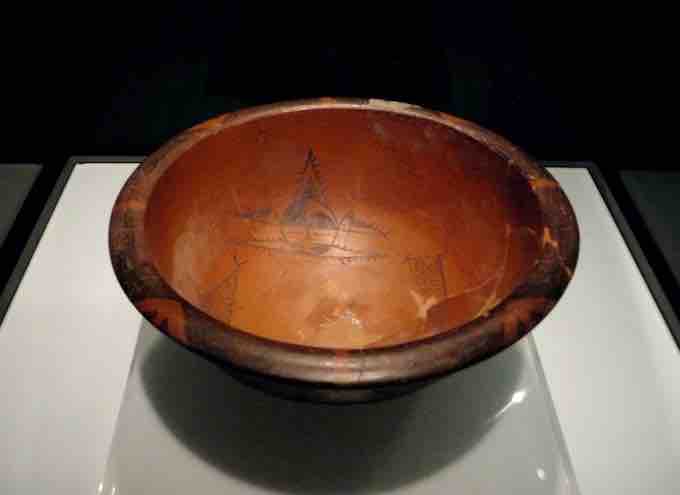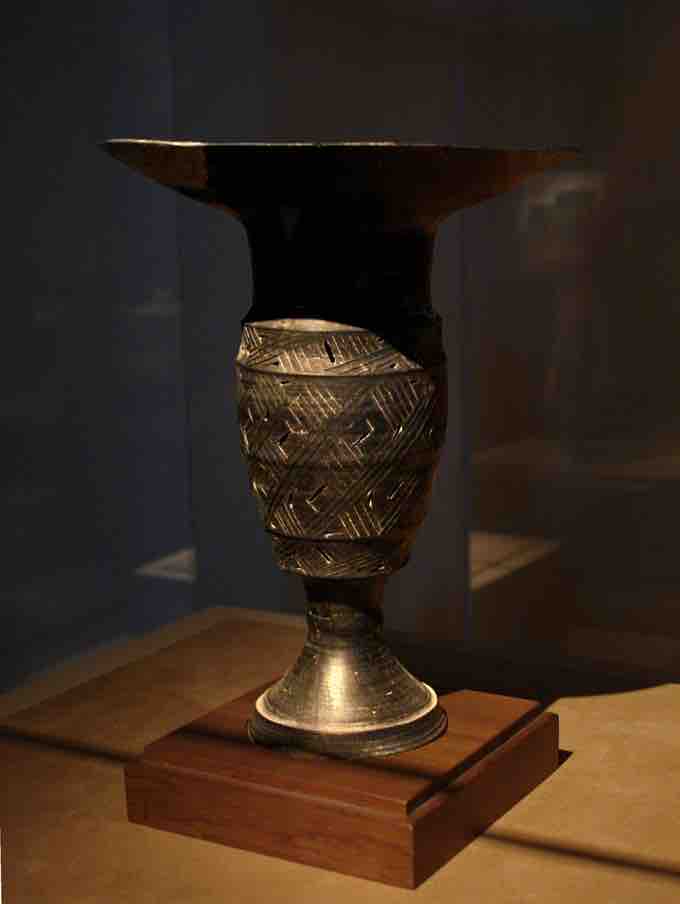Background
Ceramics began in China around 6,000 years ago during the New Stone Age, of which the advent was marked by the invention of pottery. The earliest earthenware was molded by hand, and the potter's wheel came much later. In the beginning, clay was fired at a temperature of about 500-600 degrees Celsius. Painted pottery began to be known during the period of the Yangshao and Longshan cultures.
Yangshao
The Yangshao culture was a Neolithic culture that existed extensively along the central Yellow River in China. It is dated from around 5000 BCE to 3000 BCE. The culture flourished mainly in the provinces of Henan, Shaanxi, and Shanxi.
The Yangshao culture crafted a great deal of pottery. Yangshao artisans created fine white, red, and black painted pottery with human facial, animal, and geometric designs. Unlike the later Longshan culture, the Yangshao culture did not use pottery wheels in pottery-making. Excavations found that children were buried in painted pottery jars.

Yangshao Bowl
Human-faced fish decoration bowl, 5000-4000 BCE, from Banpo village, Shaanxi.
Longshan
The Longshan culture was a late Neolithic culture in China, centered in the central and lower Yellow River. The culture dated just after the Yangshao culture, from about 3000 BCE to 2000 BCE.
The distinctive feature of the Longshan culture was the high level of skill in pottery-making, including the use of pottery wheels. The Longshan culture was noted for its highly polished black pottery (also known as egg-shell pottery). This type of thin-walled and polished black pottery has also been discovered in the Yangzi River valley and as far as the southeastern coast of modern China. It is a clear indication that Neolithic agricultural sub-groups of the greater Longshan culture had spread out across the ancient boundaries of China.

Longshan Pottery
Black eggshell pottery of the Longshan culture.
The Neolithic population in China reached its peak during the Longshan culture. Toward the end of the era, the population decreased sharply; this was matched by the disappearance of high-quality black pottery found in ritual burials.